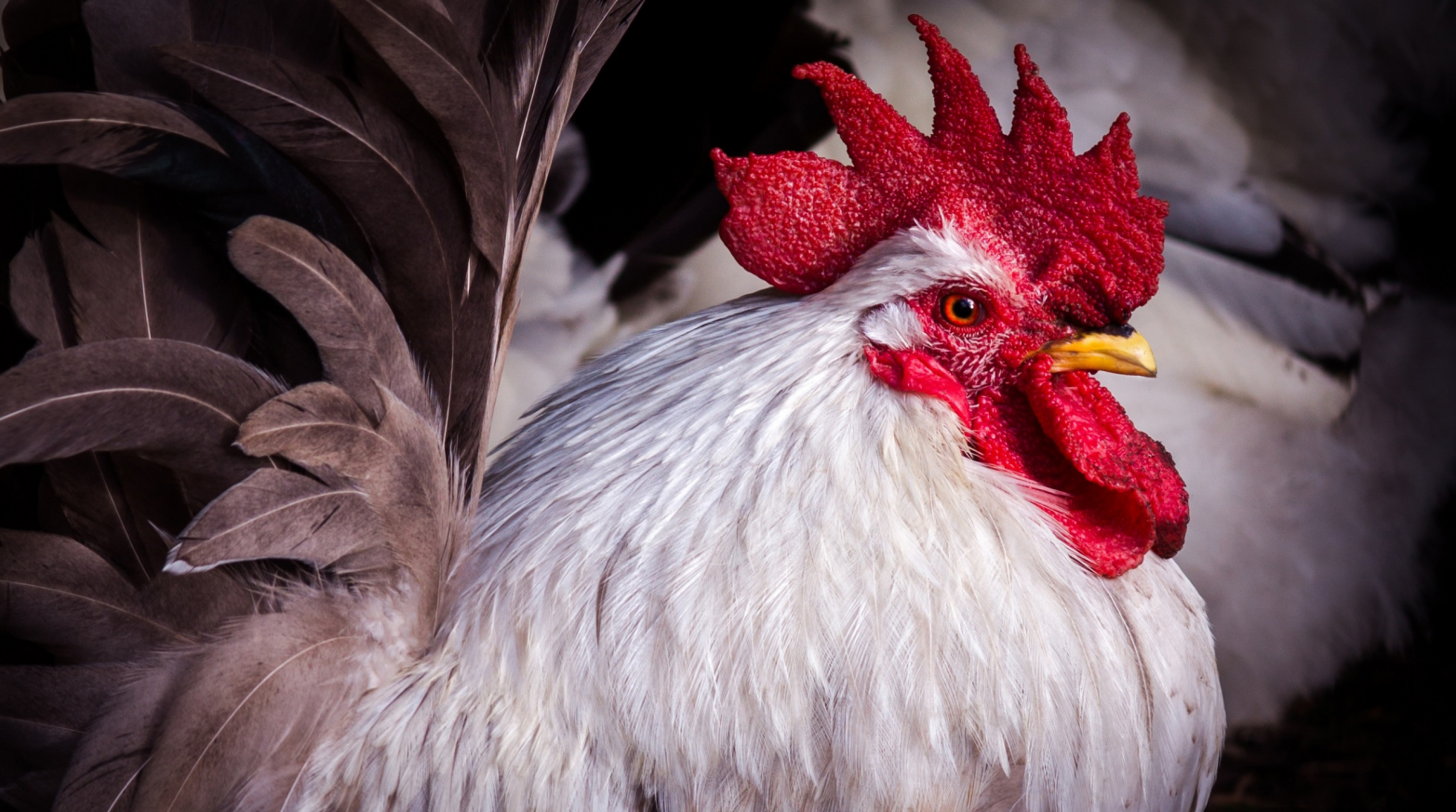Avian Influenza 2
1. Diagnosis
The diagnosis must be confirmed by laboratory diagnosis.
(1) Differential diagnosis of virulent influenza and attenuated influenza
Virulent influenza: emergency extermination measures, epidemic reporting, blockade and culling.
Attenuated influenza: therapeutic control.
(2) Feature identification.
Attenuated influenza: Feed intake and egg production rate drop
1~3 days after infection sharply, onset is acute, mental status is poor, and spreads quickly
Intense influenza: mental state, feed intake, and egg production are normal.
Attenuated influenza: Waterfowl show no symptoms.
Symptoms
Intensity influenza: waterfowl show symptoms.
Attenuated influenza: 10%~30%
fatality rate
Intensity influenza: 90%-100%
1. Prevention
Prevention: Focus on preventing virus invasion. At the same time, it is necessary to strengthen feeding and management, and do a good job in environmental sanitation, disinfection, isolation, etc. Get your immunizations done. Also be aware of staff and animal spread such as birds.
(1) Feeding management and hygiene work
Improve the body’s resistance (immunity) and disinfect regularly to prevent birds and rats from entering the poultry house.
(2) Immunization work
The first dose is 10 to 20 days, and the second dose is 15 to 20 days before delivery. If after the peak, it coincides with the autumn and winter seasons, a booster vaccination will be carried out.
Precautions for injecting vaccines: Disinfect syringes and change needles frequently. Take the vaccine out of the refrigerator six hours before injection to prevent cold stress; it is advisable to administer the vaccine subcutaneously in the lower 1/3 of the neck, and do not inject it into the muscles of the legs; some stress reactions after vaccination, poor energy, less appetite, 2 to 3 days recover. Laying hens cause a short-term decrease in egg production, which returns to the original level in about 1 week. To prevent stress, add multivitamins and antibiotics to the feed for 3 to 5 days.
Carry out regular inspections.
treat:
(1) Highly pathogenic avian influenza: Report to the epidemic department for diagnosis, isolation, blockade, extermination, and environmental disinfection.
(2) Low pathogenic avian influenza:
plan:
① Anti-virus: Interferon, interleukin and other cytokines can inhibit virus replication; drink water with anti-viral western medicine; at the same time, use the traditional Chinese medicine Qingwen Baidu Powder mix, hypericin and astragalus polysaccharide in drinking water; use avian influenza high-immune serum or hyperimmune serum Yolk-free injection (targeting antibodies of the same serotype) has obvious effects in the early stages of the disease.
② Prevention and treatment of secondary infections: There is a positive correlation between the mortality rate of low-pathogenic avian influenza and E. coli mixed infection. During treatment, use sensitive antibacterial drugs: florfenicol, cefradine, etc. to prevent secondary infection and reduce mortality.
③ Due to infection with avian influenza, the body temperature of chickens rises. Adding APC to the feed has a significant analgesic effect. For 10-12 adult chickens, take 1 piece and mix it for 3 days. If the respiratory tract is severe, add compound licorice tablets, aminophylline, etc. .
④Adjuvant treatment: Reduce the protein content in the feed by 2% to 3%, improve palatability, increase feed intake, promote resistance, add multi-dimensional compounds to improve immunity. Increase the house temperature by 2 to 3 degrees to reduce various stresses. Strengthen disinfection work. In some severe cases, injections of cephalosporins, metamizole, dexamethasone, ribavirin, etc.
Post time: Dec-18-2023

